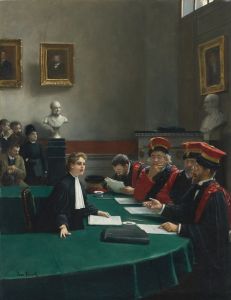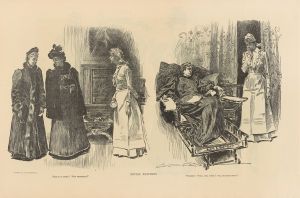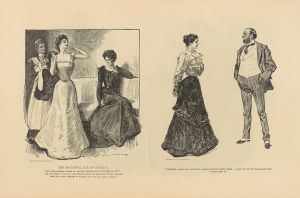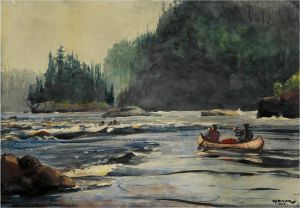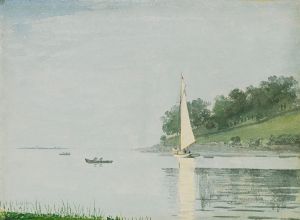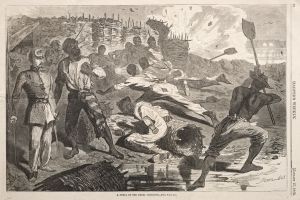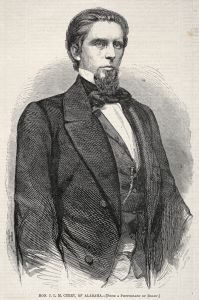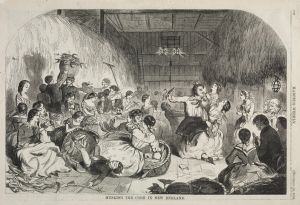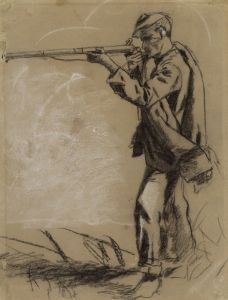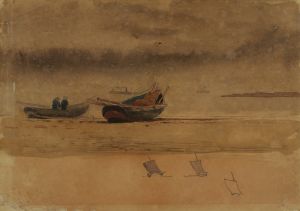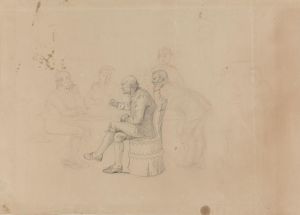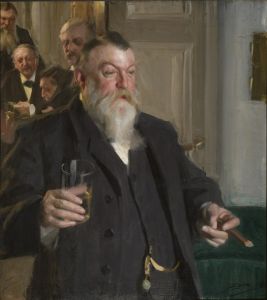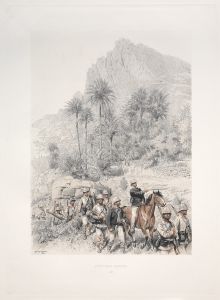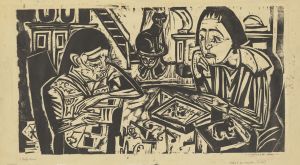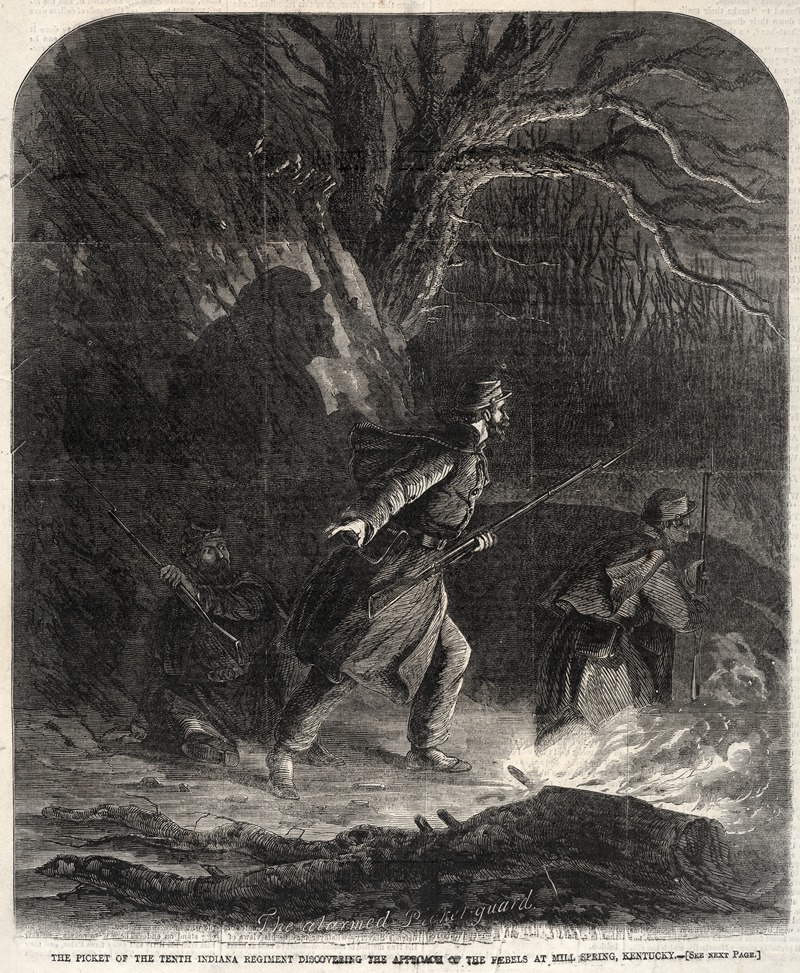
The Picket of the Tenth Indiana Regiment discovering the Approach of the Rebels at Mill Spring, Kentucky
A hand-painted replica of Winslow Homer’s masterpiece The Picket of the Tenth Indiana Regiment discovering the Approach of the Rebels at Mill Spring, Kentucky, meticulously crafted by professional artists to capture the true essence of the original. Each piece is created with museum-quality canvas and rare mineral pigments, carefully painted by experienced artists with delicate brushstrokes and rich, layered colors to perfectly recreate the texture of the original artwork. Unlike machine-printed reproductions, this hand-painted version brings the painting to life, infused with the artist’s emotions and skill in every stroke. Whether for personal collection or home decoration, it instantly elevates the artistic atmosphere of any space.
Winslow Homer’s painting The Picket of the Tenth Indiana Regiment discovering the Approach of the Rebels at Mill Spring, Kentucky is a Civil War-era artwork that reflects the artist’s early career focus on documenting scenes from the American Civil War. Created in 1862, the painting captures a moment of tension and vigilance as a soldier from the Tenth Indiana Regiment stands on guard, observing the approach of Confederate forces near Mill Springs, Kentucky. This battle, also known as the Battle of Mill Springs or the Battle of Logan's Crossroads, occurred on January 19, 1862, and was one of the early Union victories in the Western Theater of the Civil War.
The Tenth Indiana Infantry Regiment was a volunteer regiment that played a role in this engagement. The battle itself was significant for disrupting Confederate control in southeastern Kentucky and bolstering Union morale. Homer’s depiction of the scene emphasizes the isolation and responsibility of the picket, a soldier assigned to guard duty at the edge of a military position. The painting reflects Homer’s ability to convey the human experience of war, focusing on the individual soldier rather than the broader chaos of battle.
Winslow Homer began his career as an illustrator and gained recognition for his work during the Civil War, often creating images for publications such as Harper’s Weekly. His Civil War works frequently depicted soldiers, camp life, and moments of quiet tension, offering a more personal perspective on the conflict. This painting is an example of his early efforts to document the war through art, combining his skills as an illustrator with a growing interest in fine art.
The painting is notable for its historical context and its role in Homer’s artistic development. It reflects the artist’s transition from illustration to painting, as well as his interest in capturing the realities of war. While the exact details of the painting’s commission or its current location are not widely documented, it remains an important example of Homer’s Civil War-era work and his ability to convey the emotional weight of historical events through his art.





